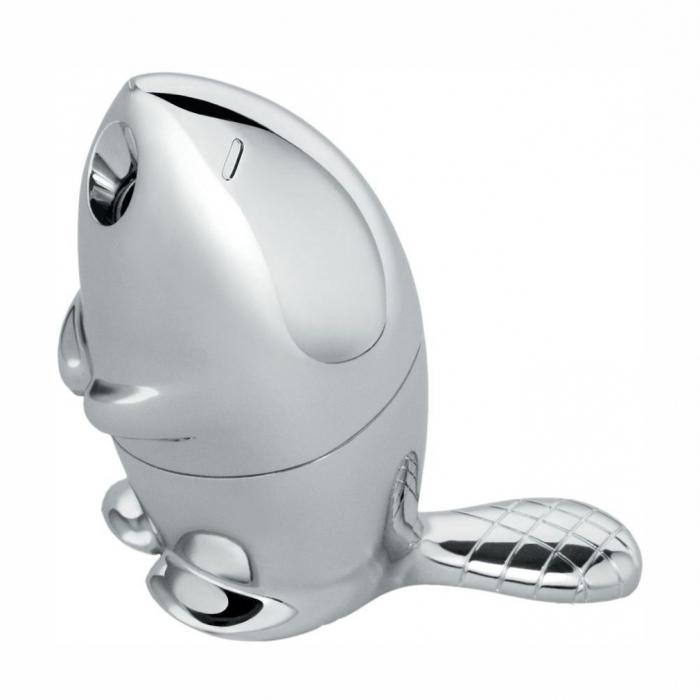Everyone knows what work is.Even children work in kindergarten - kids. However, the conventional, everyday view is not the same as the concept of mechanical work in physics. For example, a person is standing and holding a bag in his hands. In the usual sense, he does the work while holding the load. However, from the point of view of physics, he does not do anything of the kind. What is the matter?
Once there are such questions, it's timeremember the definition. When a force acts on an object and the body moves under its action, mechanical work is performed. This value is proportional to the path traveled by the body and the applied force. There is an additional dependence on the direction of application of force and the direction of movement of the body.
Thus, we have introduced such a thing asmechanical work. Physics defines it as the product of the magnitude of the force and displacement multiplied by the cosine of the angle that exists in the most general case between them. As an example, we can consider several cases that will allow us to better understand what is meant by this.
When mechanical work is not done?It is a truck, we push it, but it does not move. The force is applied, but there is no movement. The work done is zero. And here is another example - the mother carries the child in the stroller, in this case the work is done, the force is applied, the wheelchair moves. The difference in the two cases described in the presence of movement. And accordingly, the work is done (the example with a sidecar) or not performed (the example with a truck).
Another case - a boy on a bike acceleratedand quietly rolls down the track, the pedal does not twist. The work is being done? No, although there is movement, but there is no applied force, movement is carried out by inertia.
Another example is a horse carrying a cart, on itsits the driver. Does he do the work? There is movement, the applied force is (the weight of the driver affects the cart), but the work is not performed. The angle between the direction of movement and the direction of the force is 90 degrees, and the cosine of 90 ° is zero.
The given examples make it possible to understand thatmechanical work is not just the product of two quantities. It must also consider how these quantities are directed. If the direction of movement and the direction of the force coincide, the result will be positive, if the direction of movement occurs against the direction of application of force, the result will be negative (for example, the work done by the friction force when moving the load).
In addition, it is necessary to consider that acting onbody strength can be the resultant of several forces. If this is so, then the work of all forces applied to the body is equal to the work performed by the resultant force. Work is measured in joules. One joule is equal to the work done by a force of one newton when the body moves one meter.
From the considered examples it is possible to make extremelycurious conclusion. When we looked at the driver on the cart, we determined that he was not doing the work. The work is done in a horizontal plane, because that is where the movement takes place. But the situation will change a little when we consider a pedestrian.
When walking a person’s center of gravity does not remainmotionless, it moves in a vertical plane and, therefore, does work. And since the movement is directed against the force of gravity, the work will occur against the direction of the action of gravity. Let the movement and small, but with a long walk the body will have to do additional work. So correct walking reduces this extra work and reduces fatigue.
Проанализировав нескольких простых жизненных situations selected as examples, and using the knowledge of what mechanical work is, we looked at the main situations of its manifestation, as well as when and what work is being done. Defined that such a concept as work in the home and in physics is of a different nature. And it was established through the use of physical laws that improper gait causes additional fatigue.











